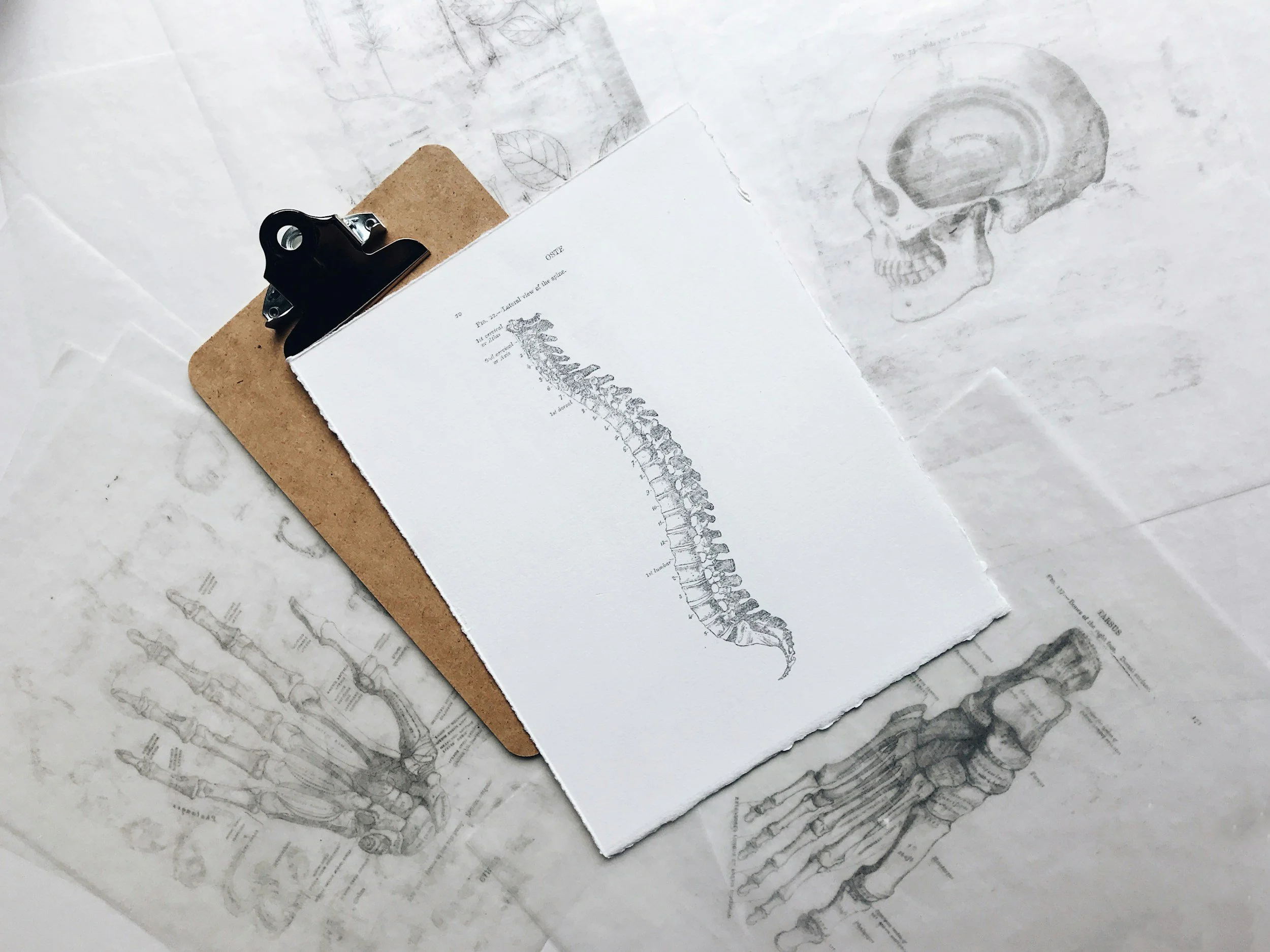What Is The Difference Between A Physiotherapist, Osteopath & Chiropractor?
This is a question we are frequently asked and to most people they are much the same. All three professions deal with musculoskeletal problems (muscles, tendons, ligaments, bones and joints) and their training is by and large to degree level. There are similarities between the professions but what sets each apart is the various treatments offered are based upon different philosophies and principles.
So how do you choose which one is best for you?
Physiotherapy
Physiotherapy is a degree level profession and encompasses a much a broader medical training than the other disciplines. Sports and musculoskeletal injuries and rehabilitation are taught as well as rheumatology, medical conditions, respiratory conditions, surgical procedures including post operative rehabilitation, neurology, mental health, women’s and men’s health, paediatrics and elderly care. They will also train and most likely work within the NHS. Every Physiotherapist will complete over 1000 hours of clinical work before they graduate, and this means that they have a greater understanding of the overall medical management of a patient.
Physiotherapists use a holistic approach to the management of a patient which means they will consider psychological and social factors as well as physical when treating patients. This means that if a patient were to present themselves to a physiotherapist complaining of back pain, rather than simply identifying the problem area and treating the symptoms, a physiotherapist will attempt to identify the root cause and prevent it from recurring in the future. As well as a thorough physical examination they will look at movement patterns, gait, posture, may complete a workstation assessment as well as ask about psychological aspects such as stress or anxiety, and social factors such as work habits and hobbies.
Treatments for musculoskeletal conditions include manual therapy including manipulation and massage, bespoke exercise and rehabilitation programmes including Pilates, acupuncture, education and advice. Some physiotherapists use electrotherapy. Their treatments are evidence based.
Physiotherapy is a legally protected title which means you can only call yourself a Physiotherapist if you have completed a degree and meet the strict criteria required to register with the Health & Care Professions Council (HCPC). They are the only profession which is regulated in this way. To maintain registration with the HCPC, Physiotherapists must complete regular training and produce evidence to demonstrate they are keeping up to date.
Chiropractors
The work of a chiropractor is most associated with back and pelvic problems, although some claim it can help with medical conditions such as asthma. The main feature of chiropractic treatment that sets it apart from physiotherapy and osteopathy is its focus on manipulation, which is when joints are pushed or pulled to their extreme range of motion. The belief is that physical pain can be resolved by manually putting everything “back in the right place” or making “adjustments”. They may also take x rays and often reply upon these to make a diagnosis.
Chiropractors do have some of the highest instances of adverse patient reactions. There is also little scientific evidence to support the effectiveness of these adjustments or “Chiropractic subluxations” which they claim can improve other medical conditions by altering the nerves along the spine. They are regulated by the General Chiropractic Council.
Osteopaths
Osteopaths are similar to chiropractors in that they also place a lot of importance on manual techniques including soft tissue techniques as well as manipulation, although they tend to be gentler. Osteopaths assess a patient in a similar way to a physiotherapist by taking a thorough history and then completing an examination. Osteopaths are holistic practitioners who look at the body as a whole. This is why an osteopath may be treating your diaphragm when you have low back pain or your ankle when you have hip pain. Some osteopaths specialise in craniosacral treatment. They are registered by the General Osteopathic Council.
So, when choosing a practitioner there are lots of factors to consider including their individual skills, experience and clinical interests and your own personal reasons for seeking treatment. Always look at their qualifications and experience and see if feels like a good fit for your problem. A “word of mouth” recommendation is usually a good starting point. You can also look for reviews on Google and platforms such as Facebook. It is often worth giving them a call and having a chat. You will be able to tell if the therapist sounds knowledgeable, avoids jargon and understands your problem. They should also outline how they might be able to help you. Ask lots of questions and if you are happy with the answers and feel comfortable with that person then you have made the right choice.

